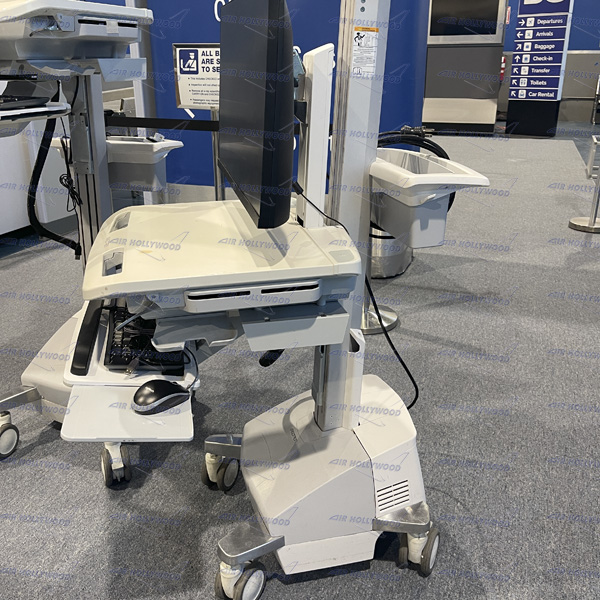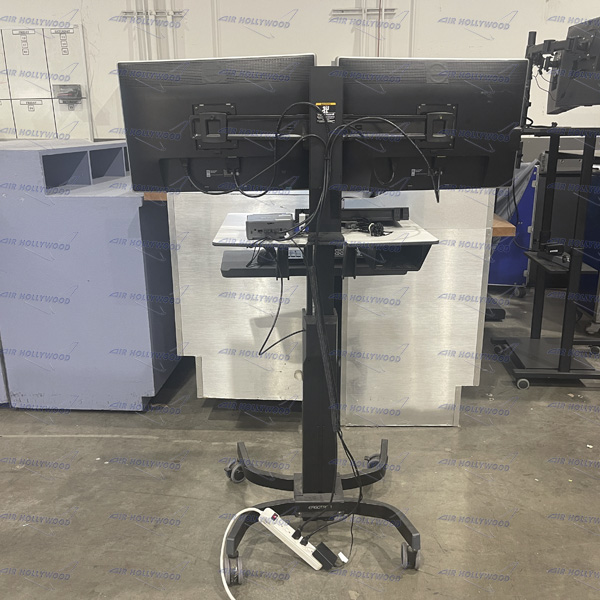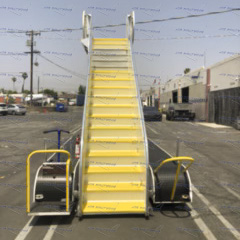
From Concept to Cockpit: Crafting Realism with Aviation Props in Film
February 12, 2024
Taking to the Skies: The Dawn of Urban Air Mobility and Its Impact on City Transportation
April 2, 2024Introduction: Welcome to the dawn of a new era in aviation, where sustainability meets innovation in the electrified skies above. Join us on a journey into the world of electric aviation, where cutting-edge technology and environmental consciousness converge to revolutionize the future of flight.
The Promise of Electric Aviation: Electric aviation holds the promise of cleaner, quieter, and more efficient air travel, free from the emissions and noise pollution associated with traditional aircraft. Discover how electric propulsion systems are reshaping the aviation landscape, offering a greener alternative for both commercial and private air travel.
Advancements in Electric Propulsion: At the heart of electric aviation lies the propulsion system, which replaces conventional fossil-fuel engines with electric motors powered by batteries or fuel cells. Learn about recent advancements in electric propulsion technology, including high-efficiency motors, lightweight batteries, and regenerative braking systems.
Zero-Emission Flight: One of the most significant advantages of electric aviation is its potential to eliminate greenhouse gas emissions and reduce the environmental footprint of air travel. Explore how electric aircraft produce zero emissions during flight, contributing to cleaner air quality and mitigating the impact of climate change.
Renewable Energy Integration: To achieve true sustainability, electric aviation relies on renewable energy sources such as solar, wind, and hydroelectric power to recharge its batteries. Delve into the growing trend of renewable energy integration in aviation infrastructure, including solar-powered charging stations and electric aircraft hangars.
Challenges and Opportunities: While electric aviation offers promising benefits, it also presents unique challenges and opportunities for innovation. From overcoming range limitations and battery weight constraints to developing efficient charging infrastructure, explore the ongoing efforts to address these challenges and unlock the full potential of electric flight.
Applications and Use Cases: Electric aviation has diverse applications across various sectors, from urban air mobility and regional transportation to recreational flying and aerial photography. Discover the versatility of electric aircraft and the emerging use cases that are driving adoption and innovation in the electric aviation market.
Environmental Benefits: The environmental benefits of electric aviation extend beyond reduced emissions to include quieter operation, lower operating costs, and increased energy efficiency. Learn how electric aircraft contribute to sustainable aviation practices and support global efforts to transition to a greener, more environmentally friendly aviation industry.
The Future of Flight: As electric aviation continues to gain momentum, the future of flight looks brighter and more sustainable than ever before. From urban air taxis and electric commuter planes to autonomous drones and electric vertical takeoff and landing (eVTOL) aircraft, the possibilities are endless for electric aviation to reshape the way we travel and connect with the world.
Conclusion: Soaring Toward a Sustainable Future: As we conclude our exploration of electric aviation, it’s clear that sustainable technology is revolutionizing the way we fly and shaping the future of aviation. With ongoing advancements in electric propulsion, renewable energy integration, and environmental stewardship, electric aviation is paving the way toward a cleaner, greener, and more sustainable future for air travel.

